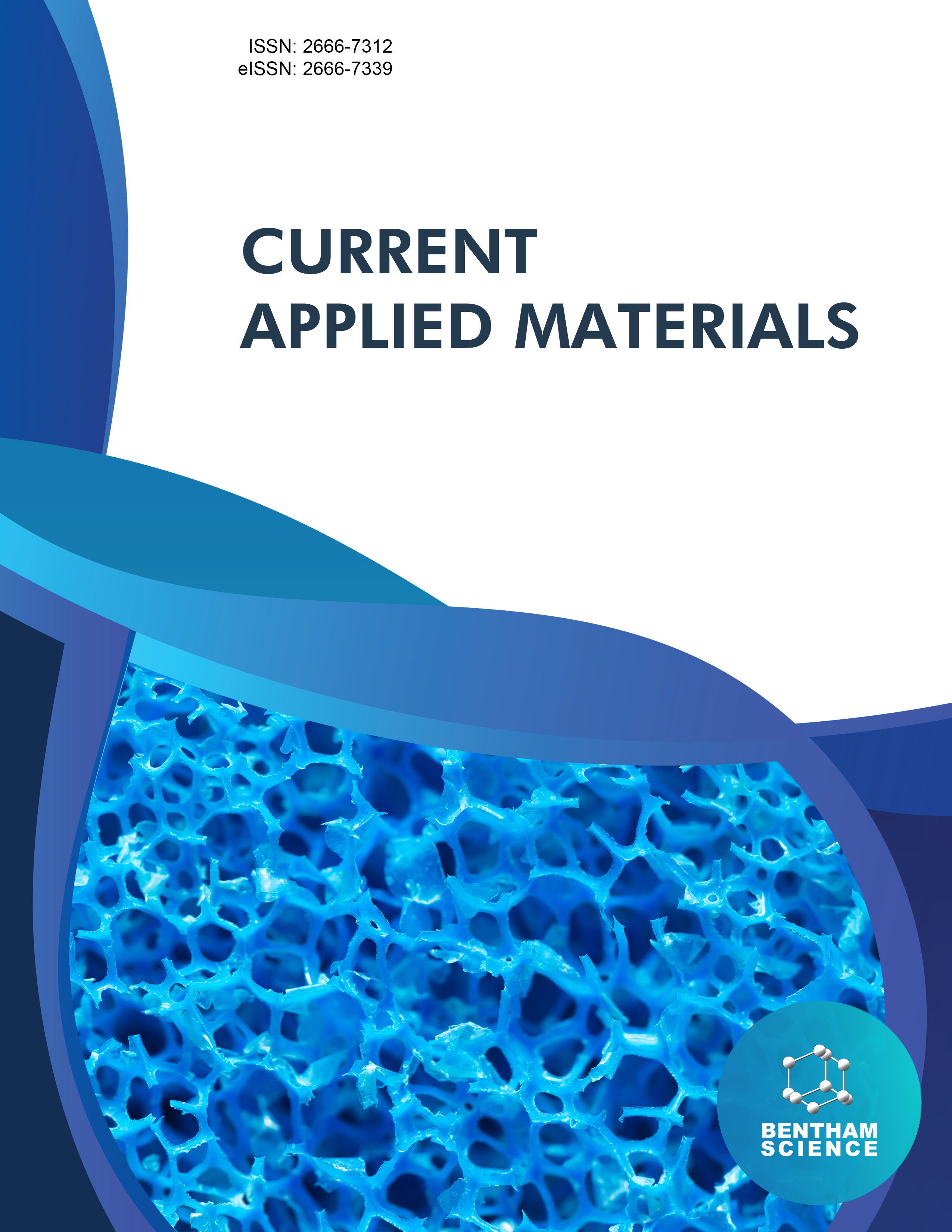
Full text loading...
In many previous studies, liquorice plant (Glycyrrhiza glabra) extracts have been found to contain more than 300 natural compounds, most of which are triterpenoids and flavonoids, and show promising results in clinical studies for treating many microbial and viral infections. Triterpenoids, like glycyrrhizic acid, have shown anti-SARS-CoV activity in vitro. Experimentally, certain glycyrrhizic acid derivatives have shown increased activity by many folds against SARS-associated viruses. These compounds can potentially inhibit the replication cycle of SARS-associated viruses by interfering with the viral gene expression or by inhibiting the spike protein expression, which in turn inhibits the adhesion and entry of the virus. Although the therapeutic has shown great antiviral activity in vitro, but in vivo, its efficiency deteriorates till it reaches the liver for metabolism. In the current review, we analyze the unique replication strategy of SARS-CoV-2 and glycyrrhizic acid as a potential drug against SARS-CoV-2. We also discuss possible nanoformulations of glycyrrhizic acid for efficient drug delivery in humans and as a potent therapeutic strategy for COVID-19.

Article metrics loading...

Full text loading...
References


Data & Media loading...

